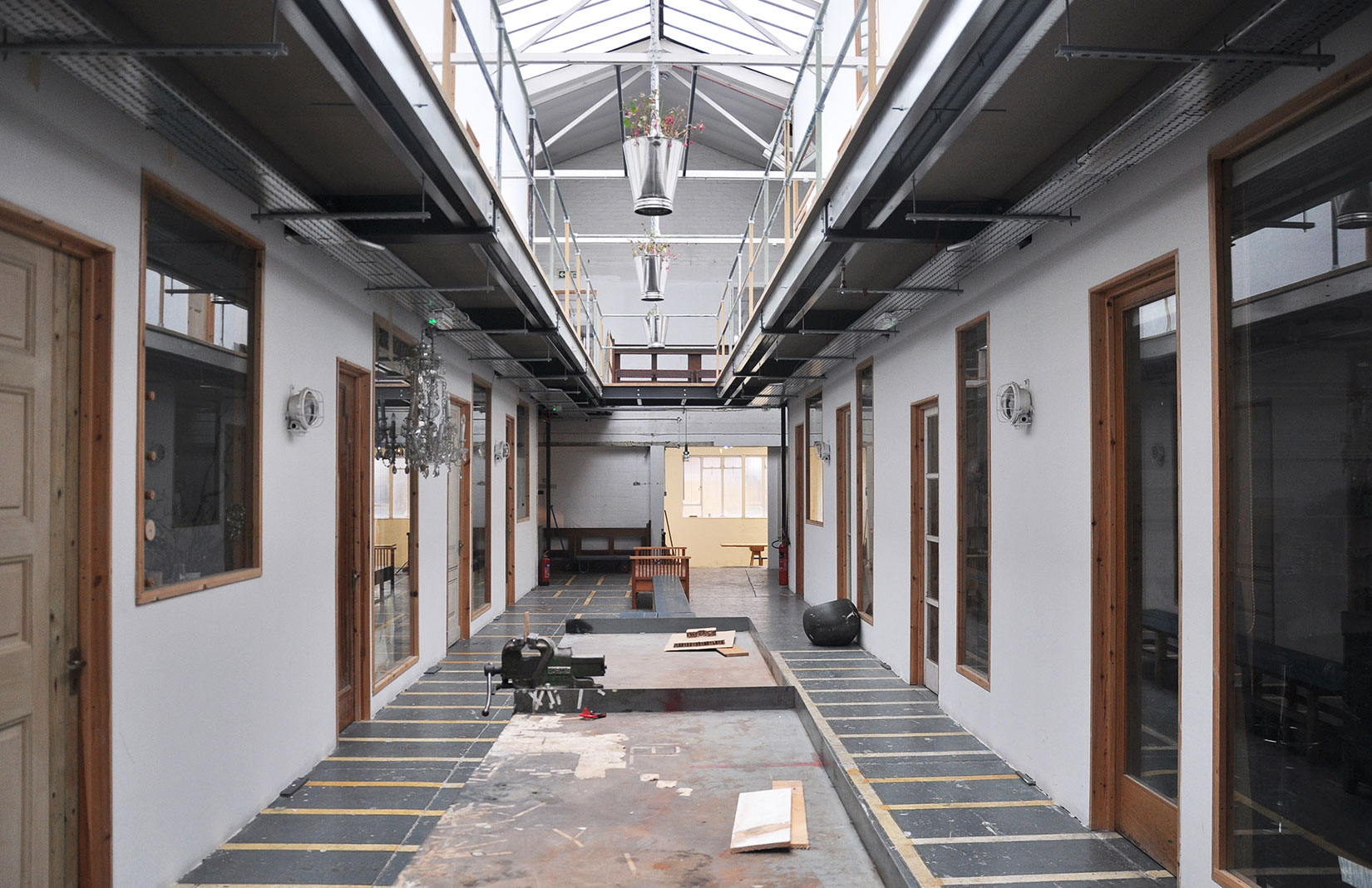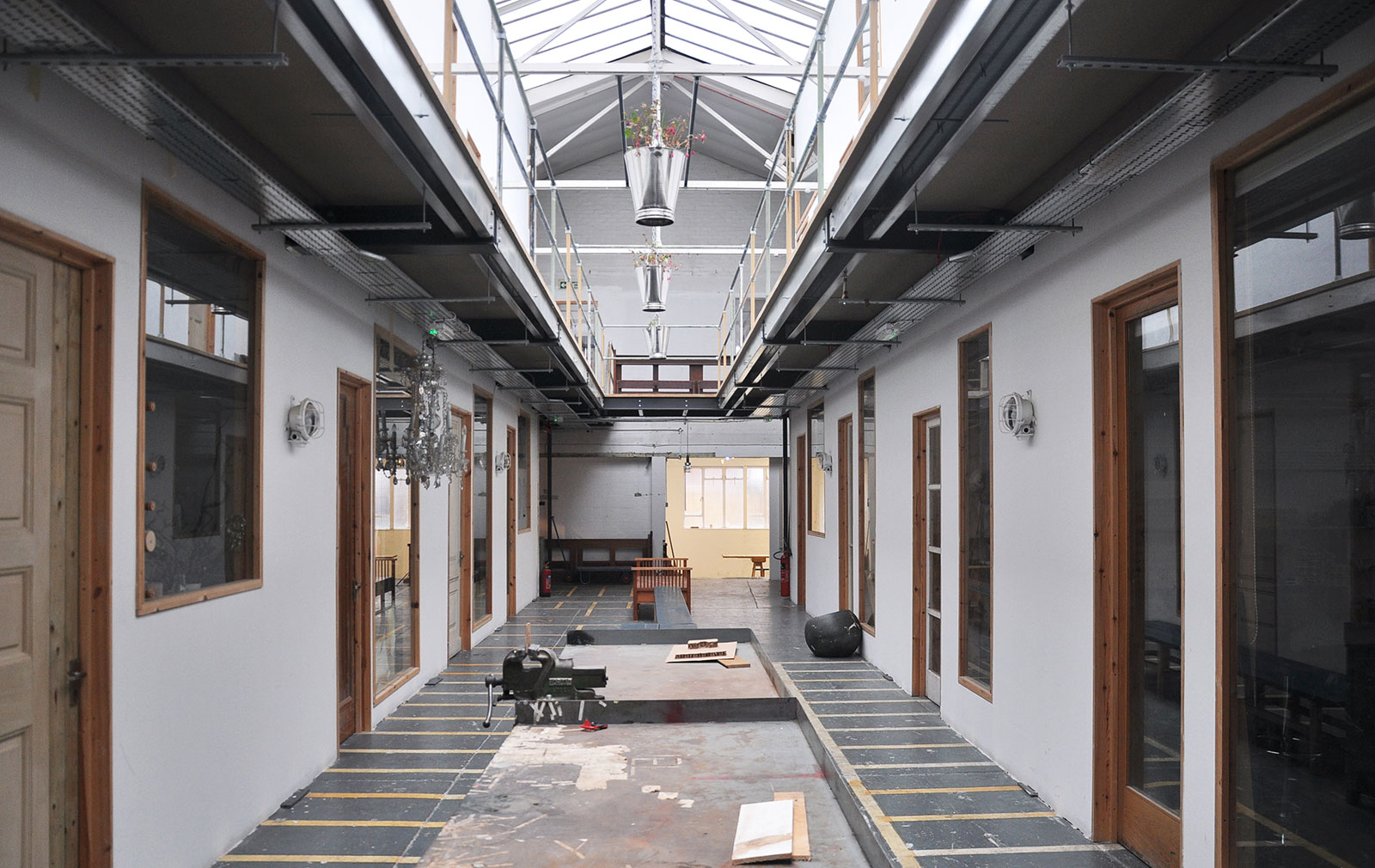
In a former warehouse in Park Royal, north-west London, artist Henry Krokatsis has built a small haven in the form of 21 studios. Once home to vintage Rolls-Royce cars, the 11,500 sq ft building is nestled among steelworks and glass manufacturers. Krokatsis renovated the space – now christened the Queensrollahouse, after the royal ride it once stored – using much of the manufacturers’ scrap, helped by a team of 15 friends and financial backing from his collectors.
‘The project was like a large-scale version of my own work,’ says the artist, whose sculptures are often made from found materials.
For Krokatsis, the building on London’s western edge was an opportunity to create some stability after he was priced out of east London, his home for more than 20 years. It’s a story that’s all too familiar for artists in Hackney.
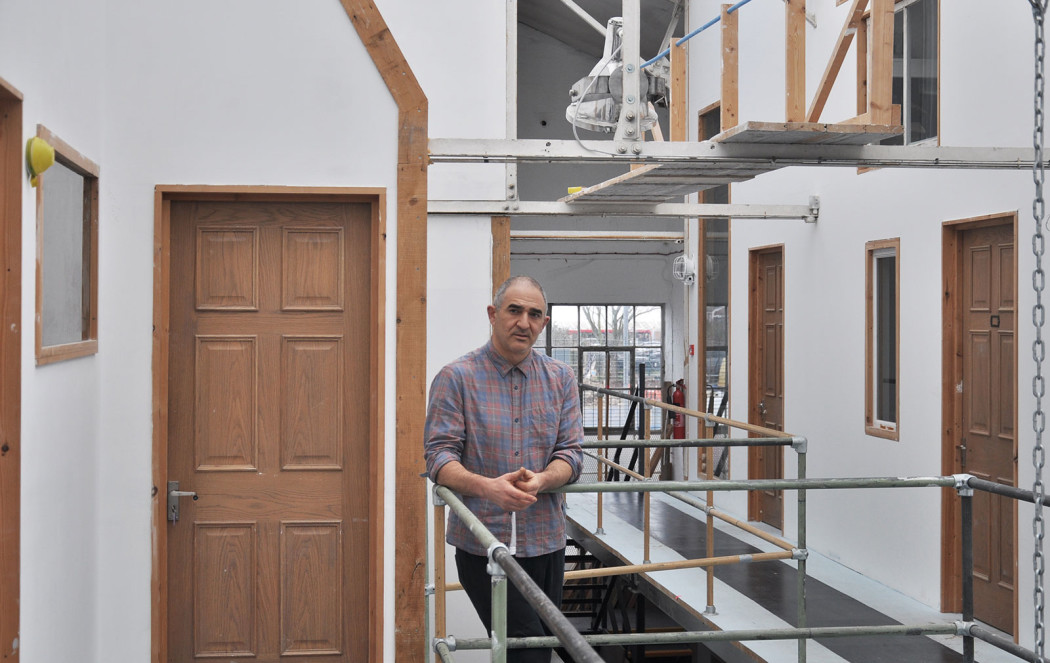
Krokatsis enlisted a team of 15 friends to transform the warehouse. Photography: Rosella Degori
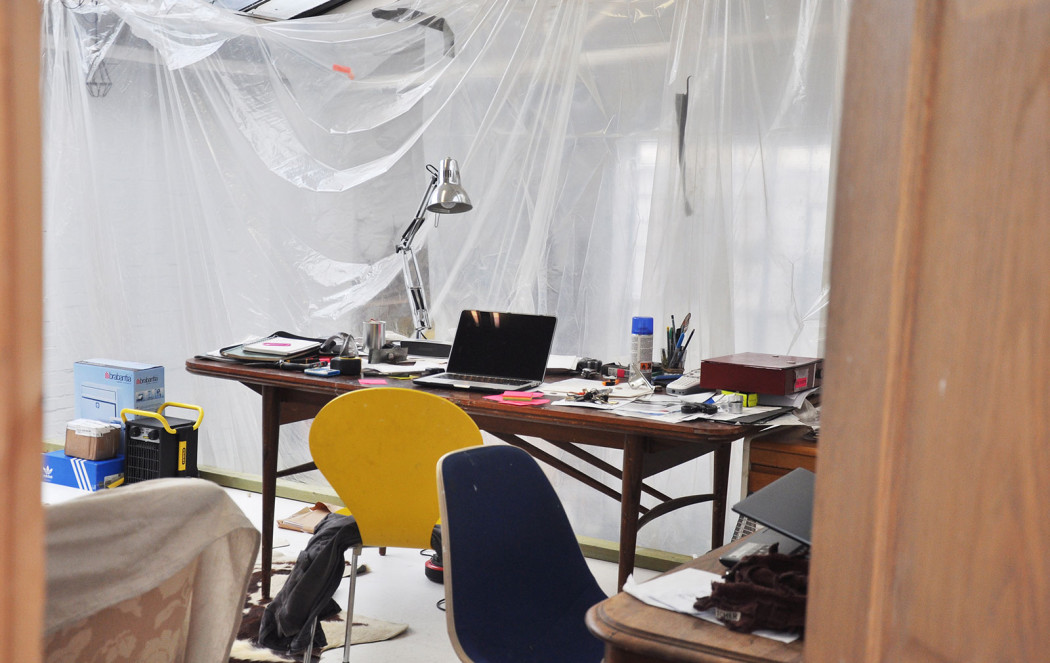
The artist’s own studio. Photography: Rosella Degori
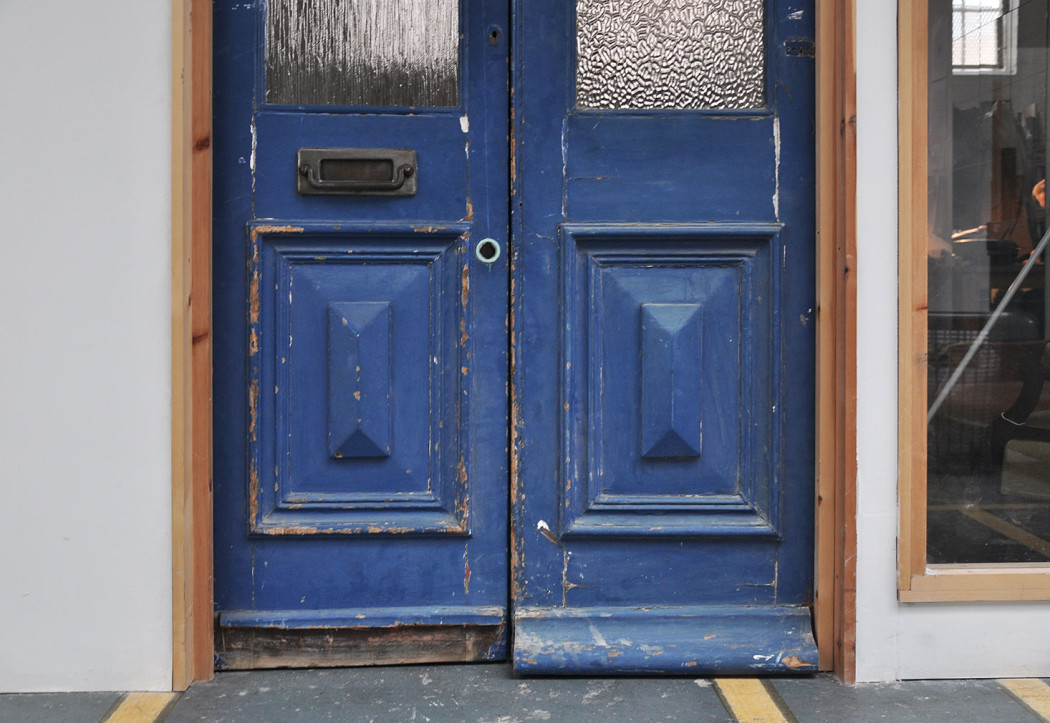
Building materials and fittings were salvaged from elsewhere on the industrial estate. Photography: Rosella Degori
‘There were only about 12 artists and a single pub on Kingsland Road when I first moved there in the early 1990s,’ says Krokatsis, who had to move out of his studio so it could be turned into 150 live/work spaces. ‘That’s the way. You get more cafés and it gets more attractive to people.’
Since the YBAs moved to the Docklands in the 1970s, artists have congregated in the east, but now tenancies are being cut short by landlords seeking to turn studio spaces into flats for greater profits. Artists have historically been seen as ‘useful nomads’, says Katharine Stout, head of programme at the ICA. They bring life to run-down areas before being pushed out by rising prices.
‘What’s changed in London is that they’re running out of places to go,’ she explains. Not only is this detrimental to the artists, but to the areas themselves. ‘Artists add to the vital fabric of London. They can help bring up areas, but we need to find a more sustainable model so they can stay there.’
‘Artists add to the vital fabric of London’ – Katharine Stout, ICA
Last year, the Greater London Authority released an ‘Artists’ Workspace Study’ that predicted 3,500 artists are likely to lose their workspace by 2019.
Krokatsis has found one sustainable solution, using his own creative ingenuity. Having discovered the rundown warehouse – with no running water or electrics – he proposed funding the renovation work to six of his collectors and was shocked when all of them said yes. ‘This area is half the price of Hackney Wick, and has no competition in terms of distances to central London. The collectors saw it as a good investment,’ he says.
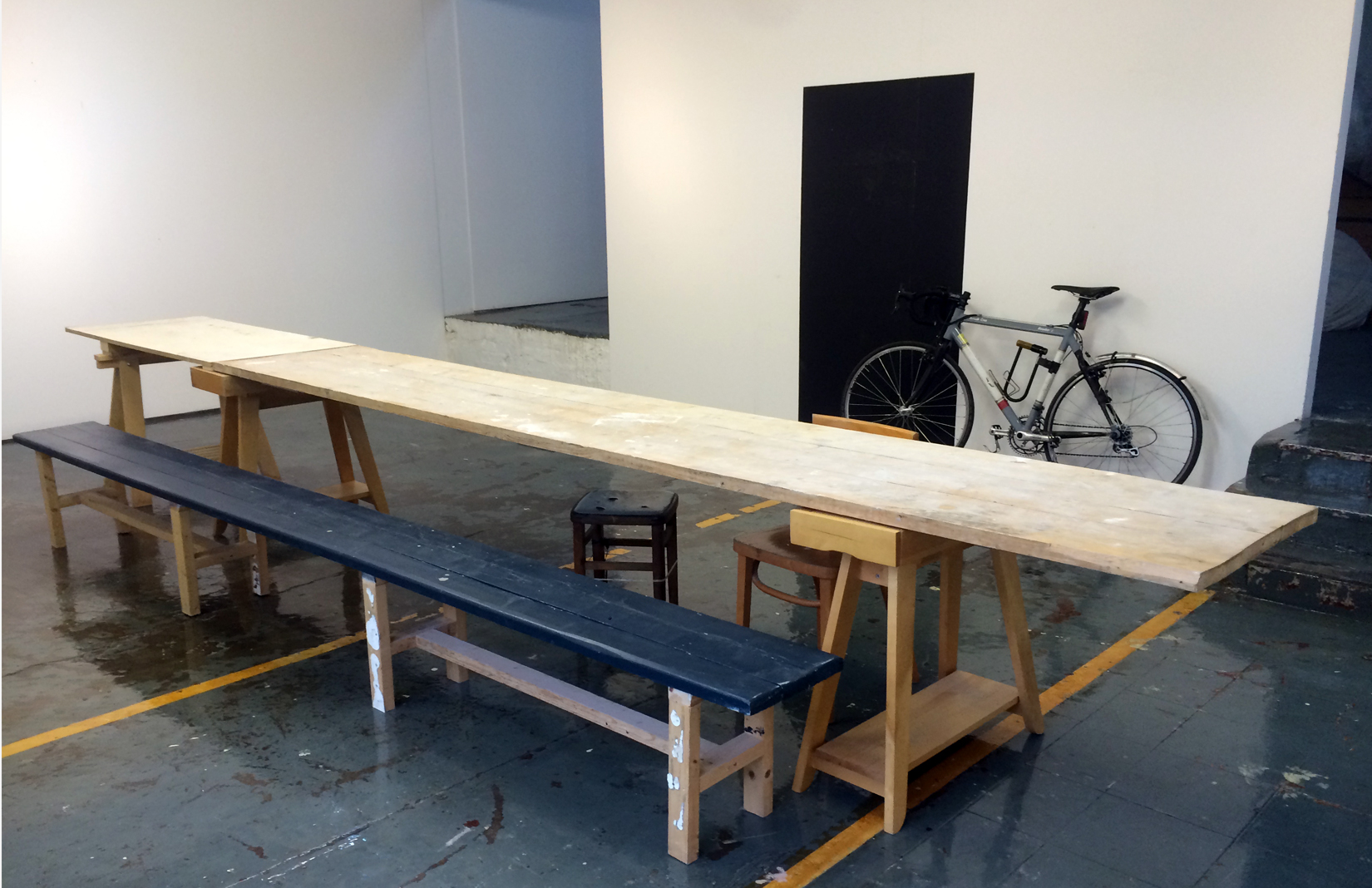
Queensrollahouse sits in one of Europe’s largest industrial estates. ‘It’s very central but it’s in a direction that no-one looks,’ says Krokatsis. ‘The area feels like Shoreditch did 20 years ago.’ The studios provide the security that he couldn’t find in the east, renting for around £350 per month, ranging up to 720 sq ft.
‘The area feels like Shoreditch did 20 years ago’ – Henry Krokatsis, artist
His project may not be a widespread solution – not all could drum up financial support from collectors or succeed in spending only £180,000 (rather than the expected £550,000) on renovating a crumbling shell. But there is an increasing number of council-supported opportunities in London’s westernmost fringes, and burgeoning media hubs like BSkyB on the Golden Mile – a street lined with former factories – that could help recast its image for the city’s creatives.
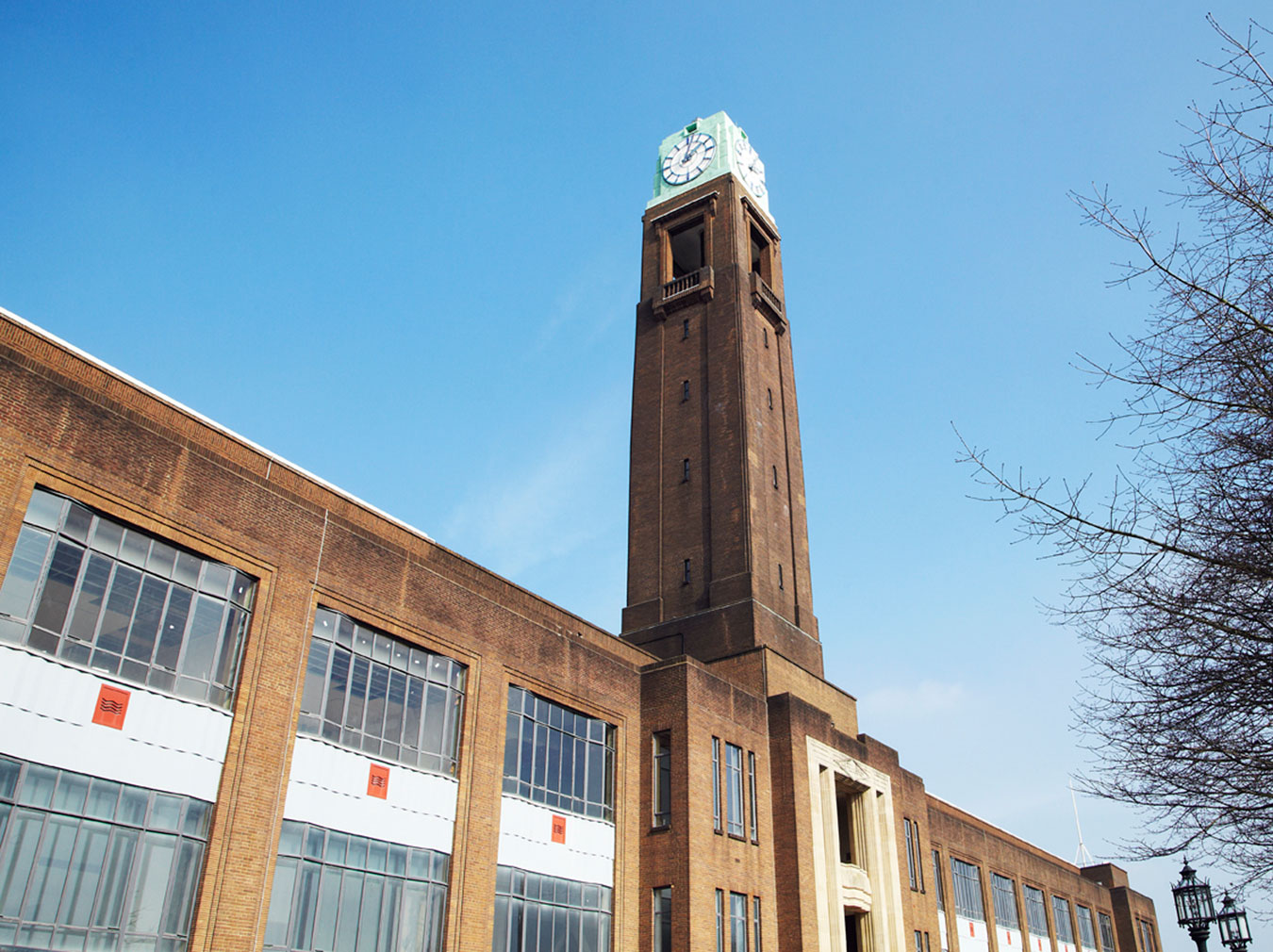
Hounslow council has recently turned a Victorian stable block into Redlees Art Studios, home to 35 studios, exhibition space and workshops. Studios range in size and number of artists, with an independent, 220 sq ft space costing £391 per month, and a 460 sq ft jewellery studio (shared among 10) for £63 per month.
More central is Brent, where educational charity ACAVA is in the early stages of developing five individual studios in collaboration with the council.
‘Planning laws allow local authorities to require developers to include public facilities, such as gyms, pools and even studios,’ says Duncan Smith, artistic director of ACAVA studios and chair of the National Federation of Artists’ Studio Providers.
ACAVA has been snapping up property to provide long-term workspace since the early 1980s. Its studios in Brent will open soon after nine years of planning, bolstering the collection of spaces it has purchased or secured long leases for from the borough – including 31 at Barham Park Studios.
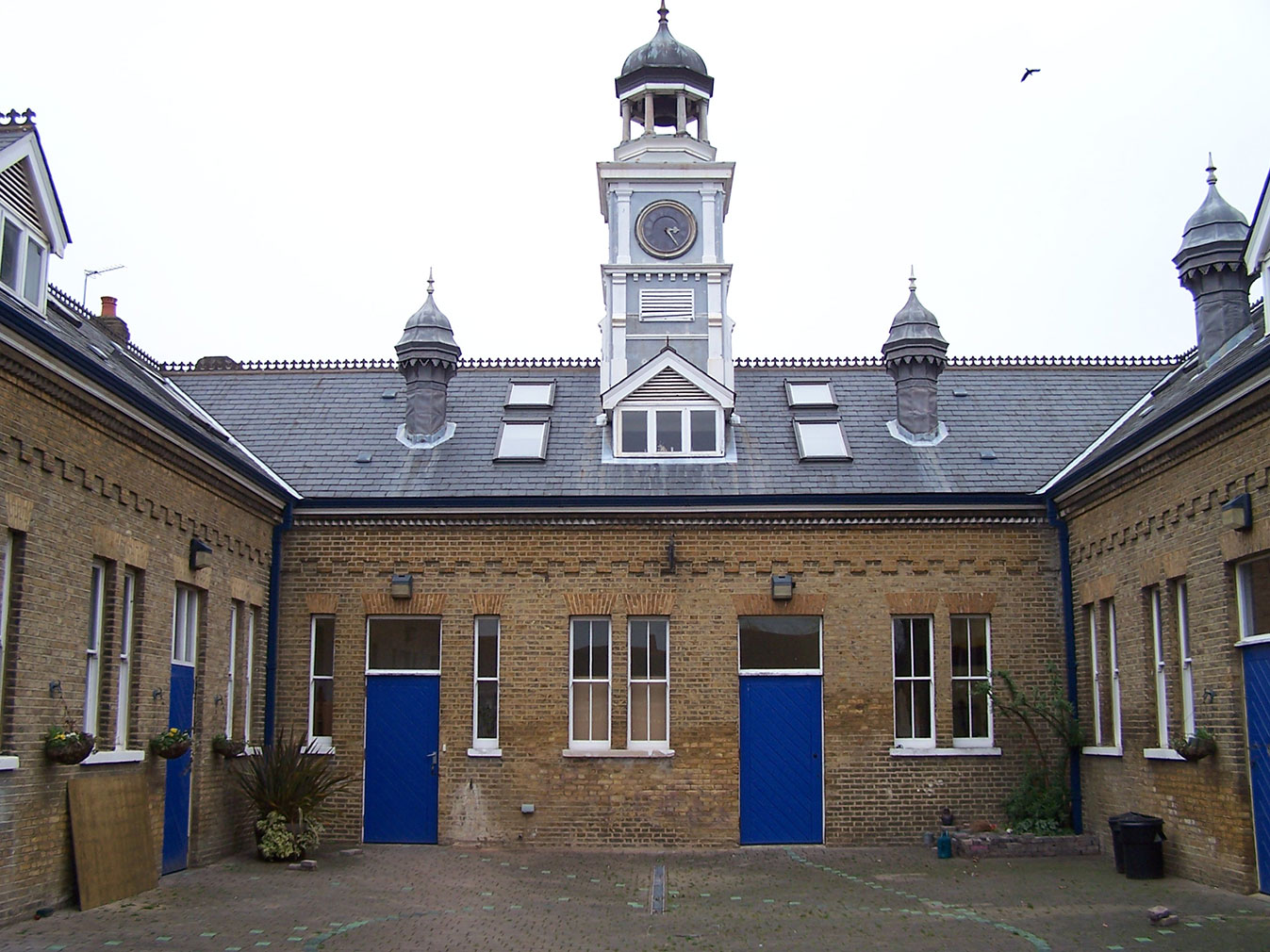
These studios boost efforts by Brent council itself. Aware of the lack of workspaces in the borough and the benefits artists can bring, it is collaborating with developers to include studios in a new-build at 733 Harrow Road, helped by a grant from Arts Council England. The 12 workspaces will be run by Acme Studios – another charity that seeks to buy rather than rent – and leased for £13.77 per sq ft per year, just five miles from central London.
Acme’s Brent studios might rent for a similar price as its workspaces in Warton House in Stratford, for example, yet their proximity to central London is far closer. Venture a fraction further west and artists will reap even greater rewards.
Such a spate of proactivity in Brent and Hounslow echoes the ‘Artists’ Workspace Study’, which explores the need to find ‘different ways artists’ studios and creative workspace can not only be integrated into the development of new places but can actually add economic and social value’.
Much more work must be done to ensure London retains to its artistic talent, however. ‘We need to encourage people to think of culture as a part of living, not just an afterthought,’ Kirsten Dunn, senior cultural strategy office at the Greater London Authority. ‘What Acme are doing is brilliant. They have a great idea of the ecology of London’s art world.’
In a testing time for artists, every pocket of the city must be explored.




